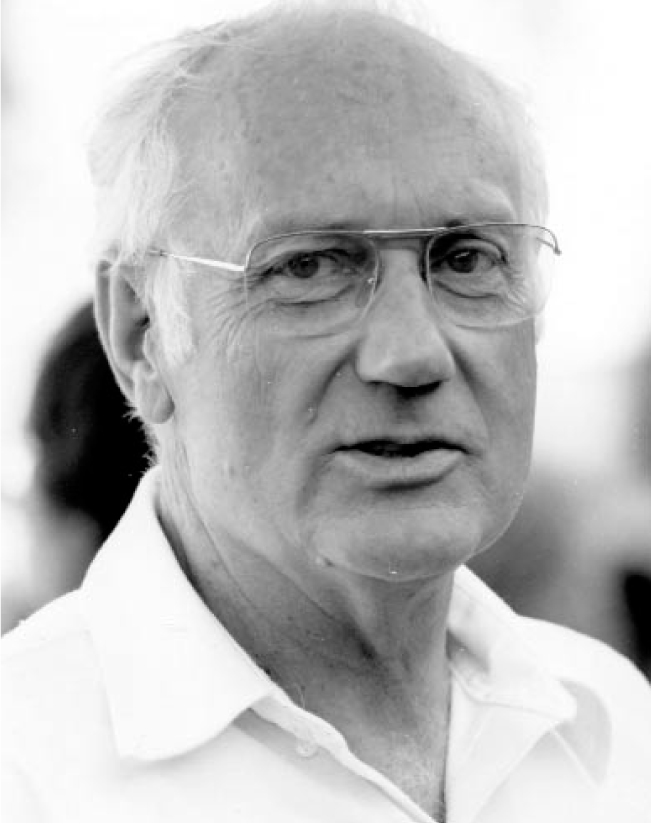Karl Leslie Brown
DOI: 10.1063/1.1570791
Karl Leslie Brown, a versatile applied physicist at SLAC, died of heart failure on 29 August 2002 at a hospital in Stanford, California.
Karl was born in Coalville, Utah, on 30 September 1925 and was awarded all his degrees in physics by Stanford University: a BS in 1947, an MS in 1949, and a PhD in 1953. Joining the team of Bill Hansen, Edward Ginzton, and Marvin Chodorow, Karl began his work at Stanford on high-power klystrons and linear accelerators. His master’s thesis addressed the beam dynamics of the first high-power klystron and his doctoral thesis dealt with the commissioning of the 30-MeV Mark II linear accelerator at Stanford.
After his PhD, Karl contributed to the solution of diverse problems through the commissioning, with the team led by Robert Kyhl, of the 1-GeV linear accelerator, the Mark III, at what is now the High Energy Physics Laboratory, part of the Hansen Laboratories at Stanford. Because that work was so successful, he was invited to join the planning group that prepared the proposal for the two-mile accelerator laboratory, which has now become SLAC.
In the late 1950s, in parallel with his work in high-energy particle physics, he joined a team led by Ginzton of Stanford’s physics department and Henry Kaplan of the Stanford Medical School to build the first linear accelerator in the US to be used for cancer therapy. A few years later, he became president and chief scientist of Spectromagnetics, a small accelerator magnet design and manufacturing company in Palo Alto, California, that was later sold to Varian Associates. Subsequently, Karl served two years as senior scientist and director of research in Varian’s radiation division. That division developed a family of linear accelerators for the radiation treatment of cancer. It is a remarkable coincidence that, in 2001, Karl himself was successfully treated for prostate cancer by one of these machines.
Karl’s best known contribution was his work on charged-particle beam dynamics in magnet transport systems. He developed a code that was called TRANSPORT and is widely used internationally to design beam transport systems, spectrometers, and accelerator-focusing systems that range in energy from less than 1 MeV up to 1 TeV. Karl contributed directly to accelerator design at many organizations—as a consultant, visiting scientist, and staff member.
In 1958–59, as a consultant to the newly founded Linear Accelerator Laboratory at Orsay, France, he shared his in-depth knowledge of linear accelerators. He also served as a consultant for CERN, where linear accelerators were used in the design of the secondary beam lines for the large Super Proton Synchrotron and the Large Electron–Proton Collider lattice. In the 1960s, while scientists were already using colliding beams in circular machines, Karl proposed that two linear accelerators shoot beams at one another. His informal suggestion has formed the basis for the next stage in high-energy accelerator programs: the electron–positron linear collider.
Karl designed achromatic beam-transfer systems for the Stanford Linear Collider in the late 1980s, which enabled the collider to focus beams to extremely small dimensions. From 1992 to 1994, he worked on the layout and design of the beam-transfer lines and injection systems for the various booster accelerators at the Superconducting Super Collider.
Karl was a very inventive individual whose ideas were applied in many fields. He was recognized worldwide as an expert in magnetic transport systems, and his contributions in numerous areas will long be remembered by his friends and colleagues at Stanford and elsewhere.


More about the Authors
Wolfgang Panofsky. SLAC, Menlo Park, California, US .
